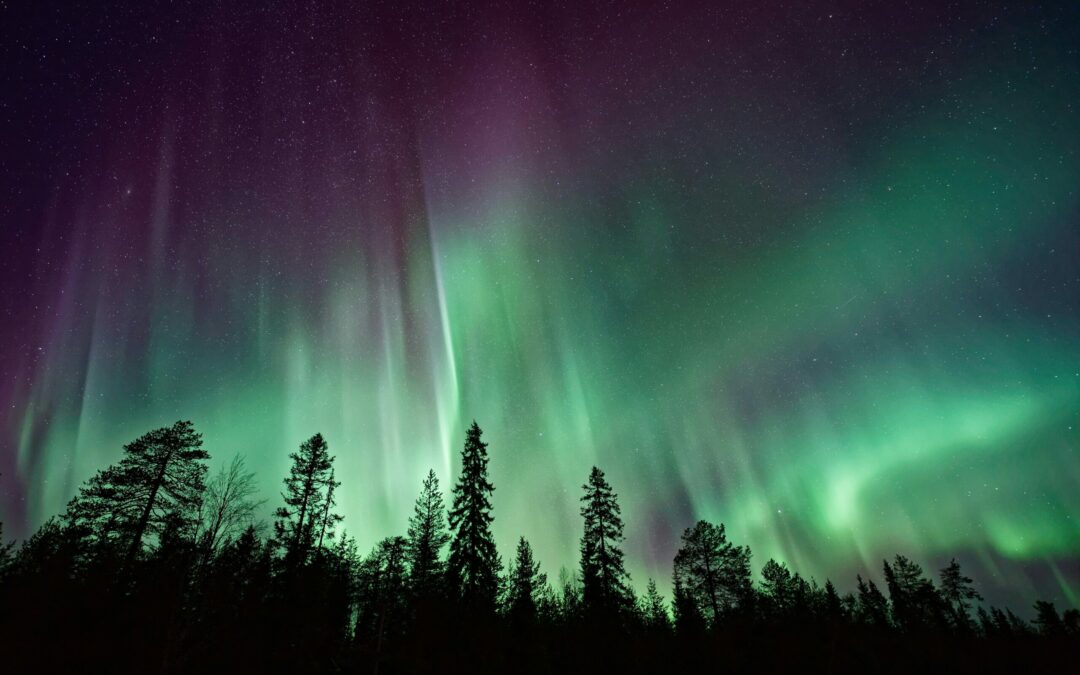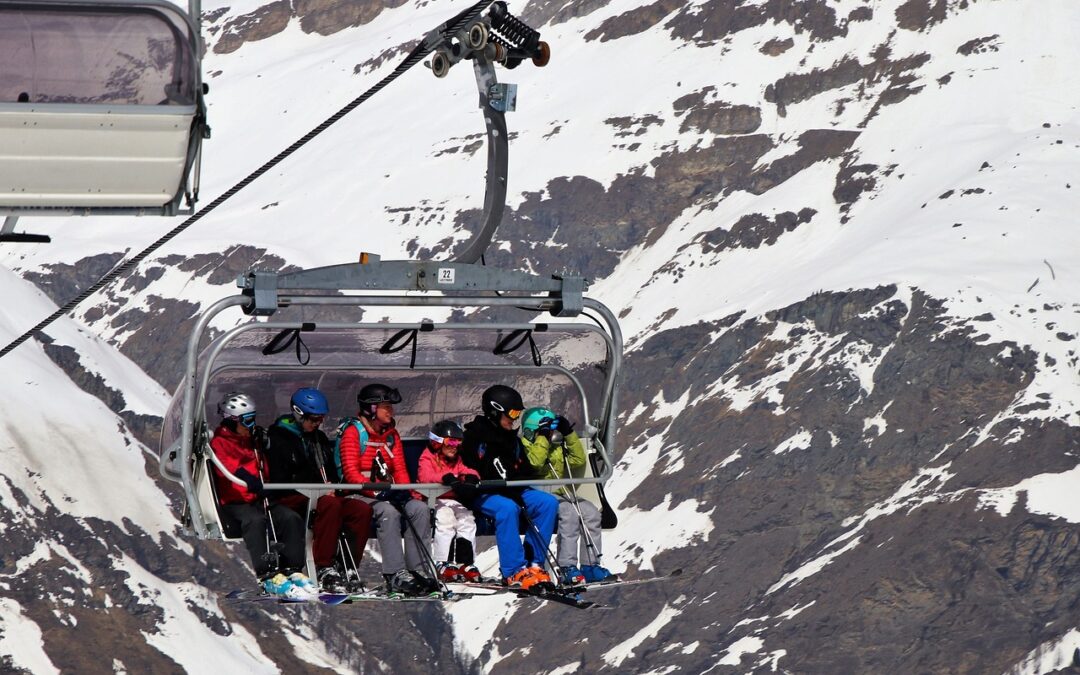image source Sometimes, everyone from mom and dad to the littlest kids, needs a nice vacation from everyday life. Are you a family that feels like they need a break? Then it’s time to grab your loved ones and have a restorative...

Christmas will be here before you know it — and by “here,” we mean everywhere!
That said, not every country celebrates this festive winter holiday the same way we do in America.
For instance, although Santa’s red suit and white beard may seem completely inseparable from Christmas to us, some children await their annual gift delivery from an ancient pagan goat instead. And while December 25th is the big day in the States, other countries kick things off significantly earlier — or later.
Whether you’re traveling this year or enjoying Christmas in the comfort of your own home, get in the holiday spirit by learning about these five Christmas celebrations and traditions observed across the globe.
Although the effigy of a 40-foot-tall goat might not say “Christmas” to an American audience, it’s as nostalgic as the Rockefeller Center Christmas Tree for residents of Gävle, Sweden. Since 1966, the Gävle Goat has been erected each December… only to meet, in most instances, an untimely end.
Local pranksters and pyromaniacs have taken to setting the beast aflame — which, given the goat’s straw construction, is quick to destroy it. However, it’s not always a fiery end for this caprine creation: it’s also been struck by motor vehicles and kicked apart by revelers. One year, a pair of men attempted to kidnap the goat to Stockholm by helicopter… but they were foiled when the guard on duty rejected their bribe.
With more than 80% of its population identifying as Catholic, it’s no surprise that Mexico has a rich and vibrant set of Christian traditions. One of these is Las Posadas, a nine-day interval between December 16 and December 24 during which celebrants dress up as Mary and Joseph and travel from house to house looking for a “posada” (translation: inn) in a reenactment of the birth of Christ.
These processions can get quite elaborate, with “Mary” sometimes riding a real donkey and additional participants, playing angels and shepherds, joining in along the way. Once they reach the designated posada and are granted entry by the “innkeepers,” celebrants gather around the nativity scene inside to kneel and pray.
Many European countries observe St. Nicholas Day, which falls on December 6th, often performing the traditional Christmas gift-giving ritual on that day instead of later in the month.
But some countries add extra festivities into the mix, such as the Dutch letters that are baked and savored during December in the Netherlands. Made of butter, flour, eggs and almond paste, these tasty pastries were traditional formed into the letter that started the family’s surname, though they’re commonly found in U.S. bakeries in the shape of the letter S.
Dutch children also forego the reindeer-and-sleigh myth, instead waiting for Sinterklaas to arrive from Spain to Amsterdam’s harbor via ship. (For house-to-house travel, he rides a white horse — no magical flying required.)
Translating to “holy supper,” the Ukrainian tradition of the Sviata Vechera is analogous to the Christmas Eve feast tradition in the States — with one major exception. Since Ukraine observes the Christmas holiday based on the Julian calendar, this gathering doesn’t take place until January 6th.
The meal is begun when children spot the first star in the darkening sky, in tribute to the star-led journey of the Biblical magi. The meal is extended and lush, spanning as many as twelve or thirteen courses, including a traditional sweet grain pudding known as kutya.
Step aside, Santa Claus — in Scandinavia, the Julebukk takes the stage. Norwegian children believe this goatlike creature, whose name literally translates to “Christmas buck,” brings their Christmas presents. In fact, the myth dates all the way back to Norway’s Viking era, when the pagan religion reigned: Thor’s chariot was pulled, after all, by two goats. (And yes, this same tradition is connected to the Swedish Yule Goat mentioned above!)
In the ancient tradition, pagans would dress in goatskins and go from house to house carrying a goat’s head; in more modern times, people wear goat costume to go caroling, an effort often rewarded with candy. Although this practice of Julebukking is no longer commonplace, it can still be observed in some parts of Europe, as well as rural American communities with large Scandanavian populations.
Where will you be — and how will you celebrate — this Christmas? Let us know in the comments!

image source Sometimes, everyone from mom and dad to the littlest kids, needs a nice vacation from everyday life. Are you a family that feels like they need a break? Then it’s time to grab your loved ones and have a restorative...

When it comes to travel these days, the sky isn’t just the limit– it’s the goal. Travelers are venturing far and wide for prime viewing of eclipses, meteor showers, and the northern lights. A travel trend referred to as astro tourism, planning a vacation around the...

Family ski vacations can be magical. Or they can be a stress-filled nightmare. The key to keeping spirits high? A well-planned trip. From choosing accommodations with family-friendly activities near the mountain to packing the right gear to keep you warm and safe on...